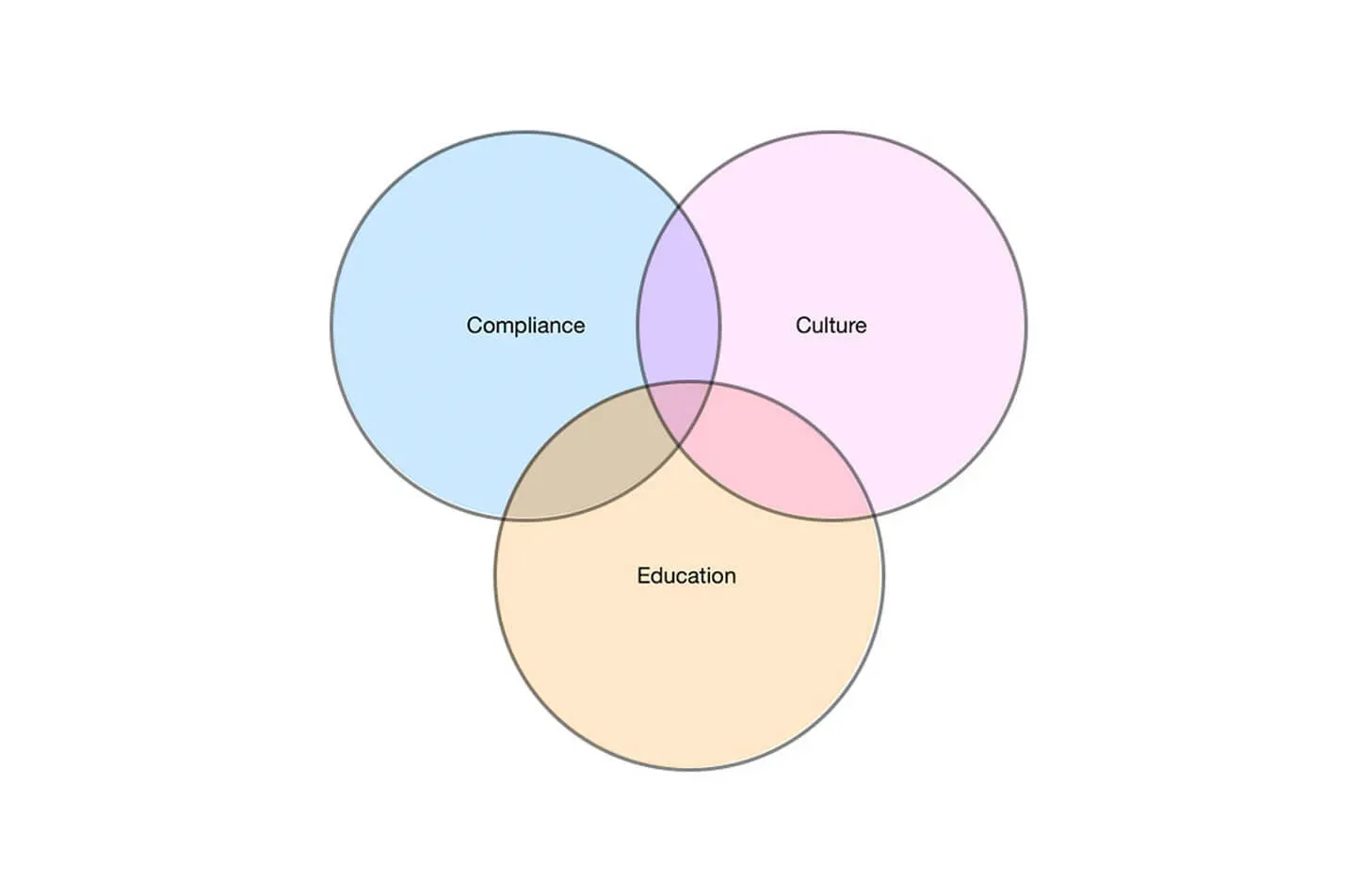Standards and Strategy
Overview
This work is also outlined in more detail in my blog post: Defining a strategy for accessibility.
Situation
The standard of the accessibility work was inconsistent. There were only pockets of the organisation doing accessibility work well.
People didn't understand the regulations, the culture did not embrace accessibility, and there there was little governance around compliance.
Task
To create a strategy which would allow large organisations to consistently deliver accessible services.
Action
I teamed up with a senior user researcher where we gathered insights from over 200 people across the organisation to discover how much people really understood the laws, their responsibilities, and what it takes to make an accessible service.
We gathered responses from the following roles:
- Product Manager
- Delivery Manager
- User Researcher
- Content Designer
- Interaction Designer
- Frontend Developer
- Software Engineer
- QA Tester
- Performance Analyst
- Business Analyst
- Other
We found that generally the biggest barriers for any organisation delivering accessible services are:
- a poor understanding of accessibility and why it's important
- a lack of clear guidance or documentation
- a lack of structured training
- difficulty obtaining expensive tools such as JAWS and Dragon
- difficulty recruiting users who have impairments
We found that the organisation was attempting to do compliance with no focus on education. This was leading to poor performance and vanity metrics. People were getting things wrong, cutting corners or just not engaging with accessibility work.
I created a strategy to deliver improve the organisation in 3 key areas: compliance, culture and education.

High impact work was mapped to each category and a timeline to create a series of short and long term goals. Each goal was attached to an Objective Key Result (OKR) and measured using Key Performance Indicators (KPI).

We developed a series of structured training courses for specific roles, and delivered talks for national coding week on how to implement some of the more technical elements of accessibility.
We created 5 accessibility principles to complement the 10 GOV.UK Design Principles.
The 5 principles are:
- Inclusion is better than empathy
- Accessible design is good design
- Start with what works
- If it's not accessible, it's not done
- This is still for everyone
Result
Teams are better educated and more invested in accessibility work.
Compliance has increased across the organisation and teams are changing their ways of working to align with the accessibility principles.
Culture change is slow, but accessibility awareness increased, and even teams that weren't mature were taking the steps to try and incorporate accessibility testing into their sprint work.